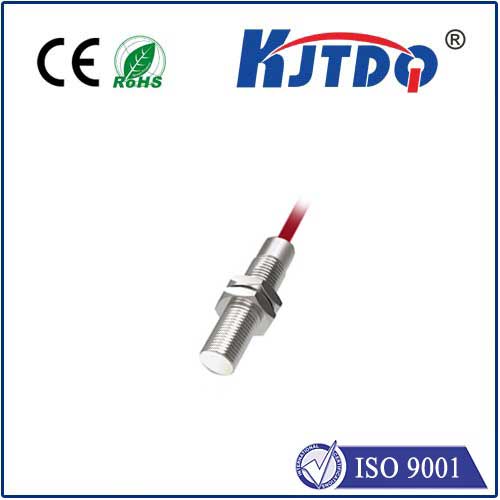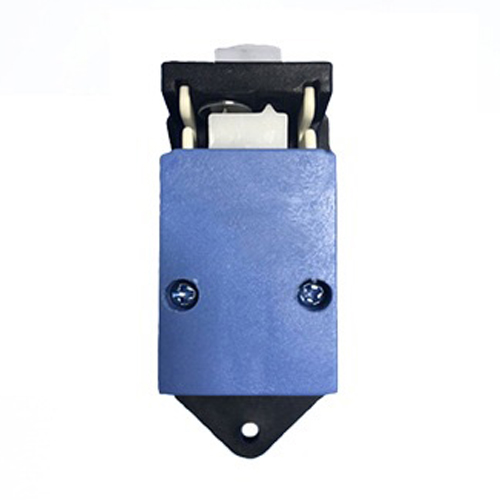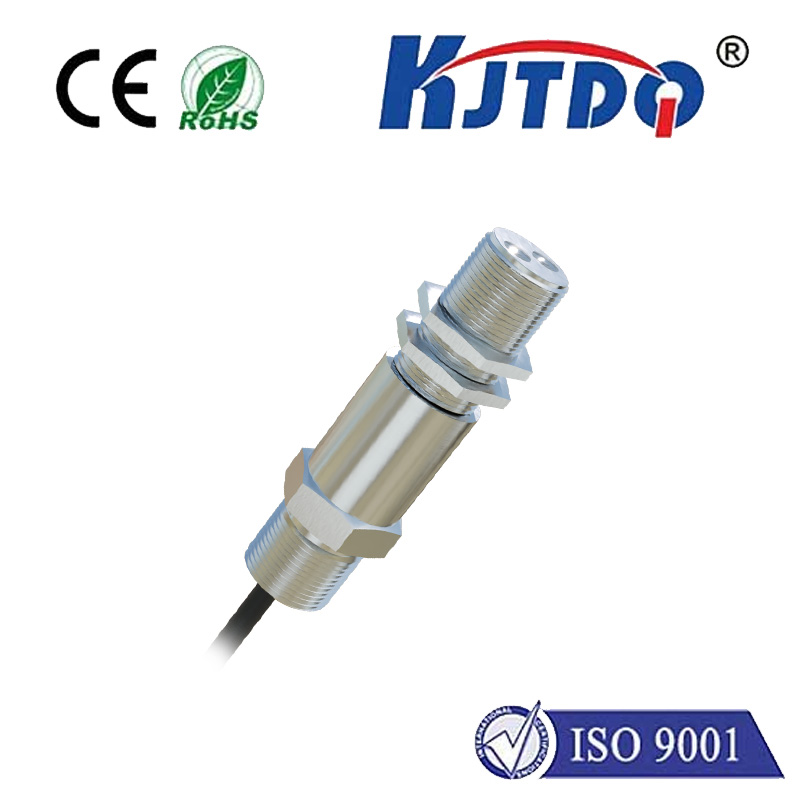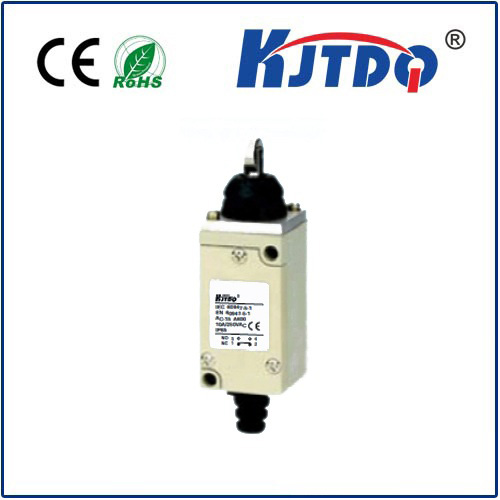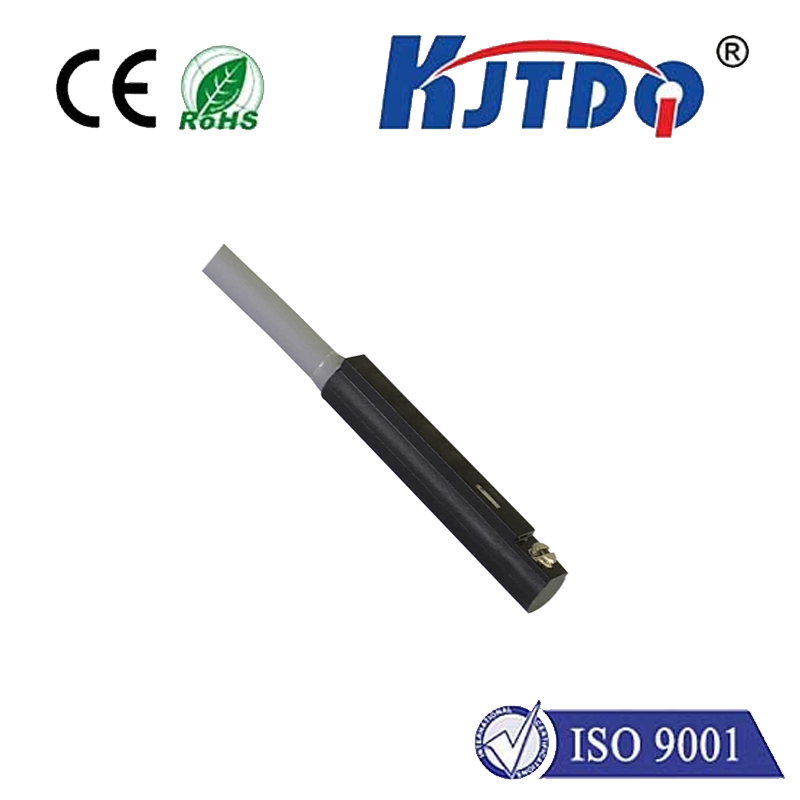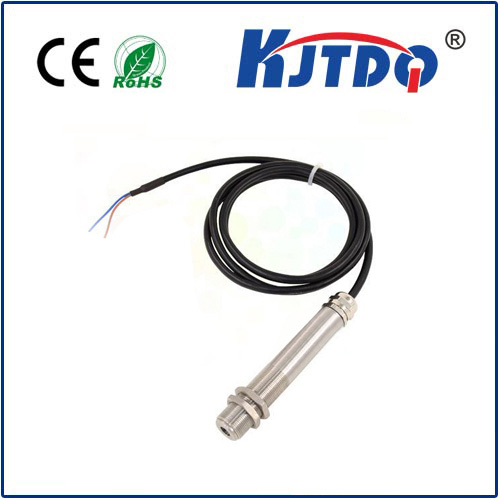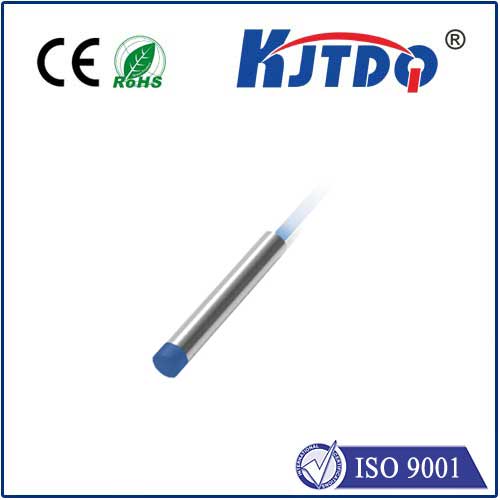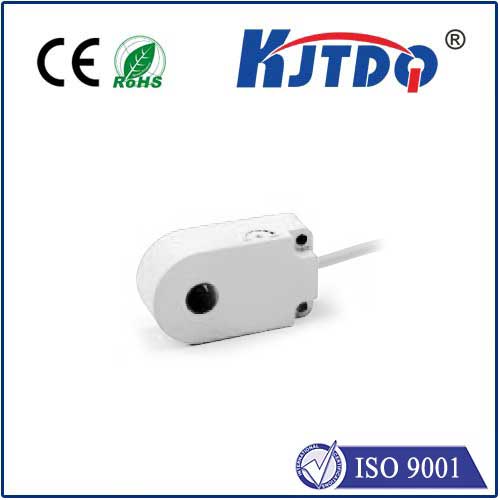proximity sensor and light sensor
- time:2025-07-15 08:27:48
- Нажмите:0
Proximity & Light Sensors: The Invisible Guardians of Smart Interaction
Ever wondered how your smartphone screen magically turns off when held to your ear during a call, or why your tablet screen effortlessly adjusts its brightness as you move from a dim room to sunny outdoors? These seemingly small conveniences are powered by two remarkable and often overlooked components: the датчик приближения and the light sensor. Working individually and in concert, they enable intuitive interactions and enhanced efficiency across a vast array of modern devices, becoming essential features in our increasingly intelligent world.
Demystifying the Proximity Sensor: Sensing “Near” Without Touch
At its core, a датчик приближения is designed to detect the presence or absence of an object within a specific range without any physical contact. It answers the simple question: “Is something close?”
- How it Works (Typically): Most common proximity sensors in consumer electronics, like smartphones, employ infrared (IR) technology. A tiny IR LED emits an invisible beam of infrared light. When an object (like your ear or hand) comes near the sensor, this light reflects off the object. A dedicated IR light detector next to the LED picks up this reflected signal. The sensor’s logic circuit interprets the strength of this reflected signal to determine the object’s proximity. The closer the object, the stronger the reflection detected.
- Key Applications:
- Smartphone Screen Control: The flagship use. Detecting your ear during a call triggers the screen to turn off, preventing accidental cheek touches that could hang up or mute. It reactivates instantly when you move the phone away.
- Power Saving: Disabling the touchscreen and backlight when the device is in a pocket or purse significantly conserves battery life.
- Automotive: Used in parking assistance systems, collision avoidance, and automatic door openers.
- Industrial: Detecting objects on conveyor belts, machine guarding, and robotics for non-contact detection.
- Benefits: Enables hands-free operation, enhances user safety (e.g., in industrial settings), prevents accidental interactions, and contributes to power efficiency.
Shedding Light on Light Sensors: Measuring Ambient Brightness
The ambient light sensor (ALS), often simply called a light sensor, has a different, equally crucial role: it measures the intensity of the surrounding visible light.
- How it Works: These sensors typically use photodiodes or phototransistors. These semiconductor components generate an electrical current (or change their resistance) proportional to the intensity of the light falling upon them. The sensor converts this physical light level into an electrical signal that the device’s software can interpret.
- Photodiodes directly convert light into current.
- Photoresistors (LDRs - Light Dependent Resistors) change their electrical resistance based on light intensity but are less common in modern high-precision electronics.
- Key Applications:
- Automatic Display Brightness (Adaptive Brightness): This is the most visible application. By continuously monitoring ambient light, the device can dynamically adjust the screen’s backlight brightness. In bright sunlight, it ramps up for enhanced visibility; in a dark room, it dims significantly to reduce eye strain and save power. This is a major contributor to battery efficiency.
- Backlight Control for Keyboards: Illuminating keys only when ambient light is low.
- Smart Lighting Systems: Adjusting indoor lighting levels based on natural daylight entering a room for comfort and energy savings.
- Camera Settings: Assisting in automatic exposure and white balance calculations by understanding the scene’s overall brightness.
- Benefits: Provides optimal viewing comfort, significantly extends battery life, enables energy-efficient device operations, and contributes to automated environmental responses in smart systems.
The Synergy: When Proximity Meets Light
While powerful individually, the true magic often happens when proximity sensors and light sensors work together seamlessly within a single device, particularly smartphones and tablets:
- The Perfect Pair in Daily Use: Consider holding your phone to your ear. The датчик приближения detects your ear and commands the screen off. Simultaneously, the ambient light sensor might note the dark environment near your ear but intelligently knows not to use this reading to adjust the overall screen brightness profile, as it’s an artificial condition caused by proximity. Once you move the phone away, the proximity sensor reactivates the screen, and the light sensor takes over again to set the appropriate brightness based on the actual surroundings.
- Enhanced Power Management: This collaboration is a cornerstone of power efficiency. Proximity detection prevents unnecessary screen-on time, while adaptive brightness ensures the screen is only as bright as absolutely necessary for current conditions. Together, they significantly reduce overall device power consumption.
- Intuitive User Experience: The combination allows for interactions that feel natural and require minimal user intervention – the device “just knows” how to behave based on context. This seamless integration enhances the overall user experience.
Beyond the Phone: Expanding Applications
The utility of these sensors extends far beyond mobile devices:
- Consumer Electronics: Smartwatches, laptops, e-readers, TVs (automatic brightness/power saving), digital photo frames.
- Automotive: Dashboard displays (auto-dim at night), interior lighting control, adaptive headlights.
- Промышленная автоматизация: Safety systems, object counting, position verification.
- Smart Home/IoT: Thermostats adjusting displays, security systems detecting motion combined with ambient light for camera modes, smart lights responding to natural light levels.
- Robotics: Navigation (proximity for obstacle avoidance), environmental awareness.
The Future is Sensing
Sensor technology is continually evolving. Proximity sensors are being integrated with Time-of-Flight (ToF) cameras for more precise depth mapping. Ambient light sensors are becoming more sophisticated, capable of detecting color temperature (CCT) to enable even more natural display adjustments or smarter lighting control. The integration of sensor data with artificial intelligence will lead to even more context-aware and predictive device behaviors, making interactions even more fluid and efficient.
From preventing accidental dials to ensuring your screen is perfectly readable in any environment, proximity and light sensors operate silently in the background. They are fundamental enabling technologies, turning ordinary devices into responsive, intelligent companions. Their combined ability to perceive the immediate physical environment – detecting closeness and gauging light – is essential infrastructure for the smarter, more intuitive, and energy-efficient gadgets we increasingly rely on every day.
